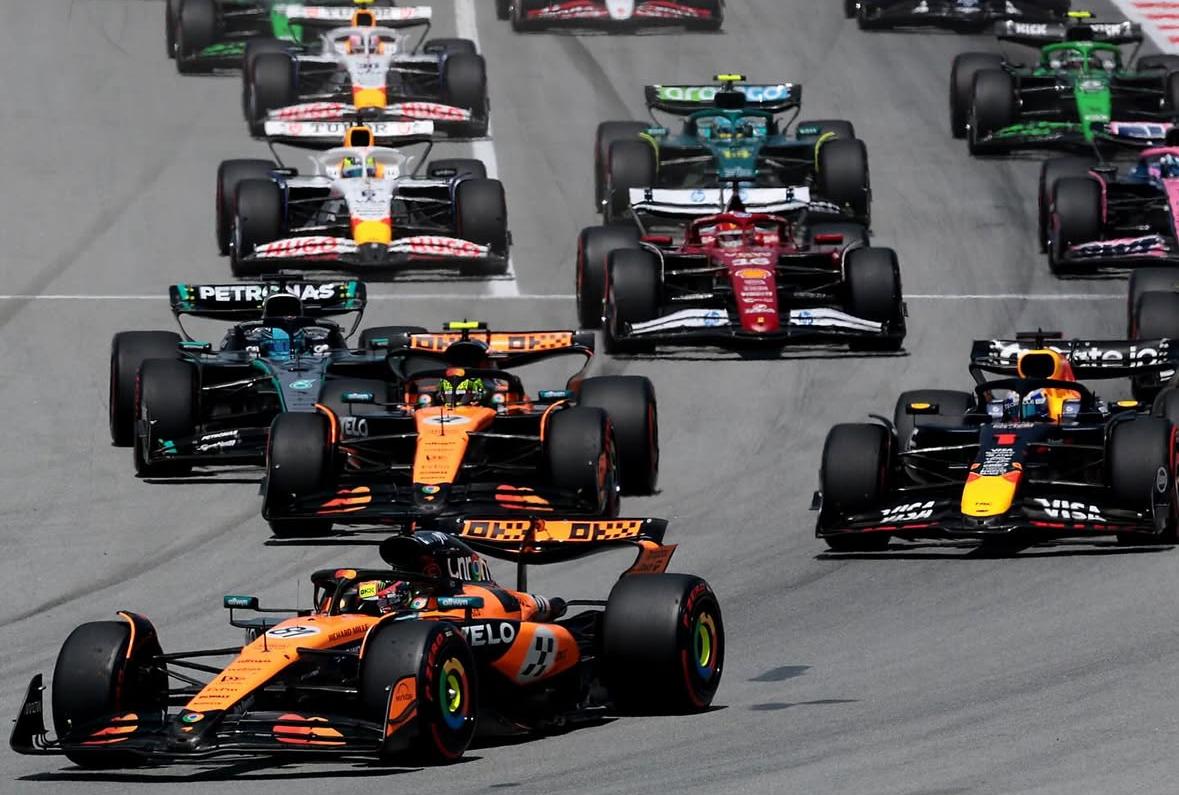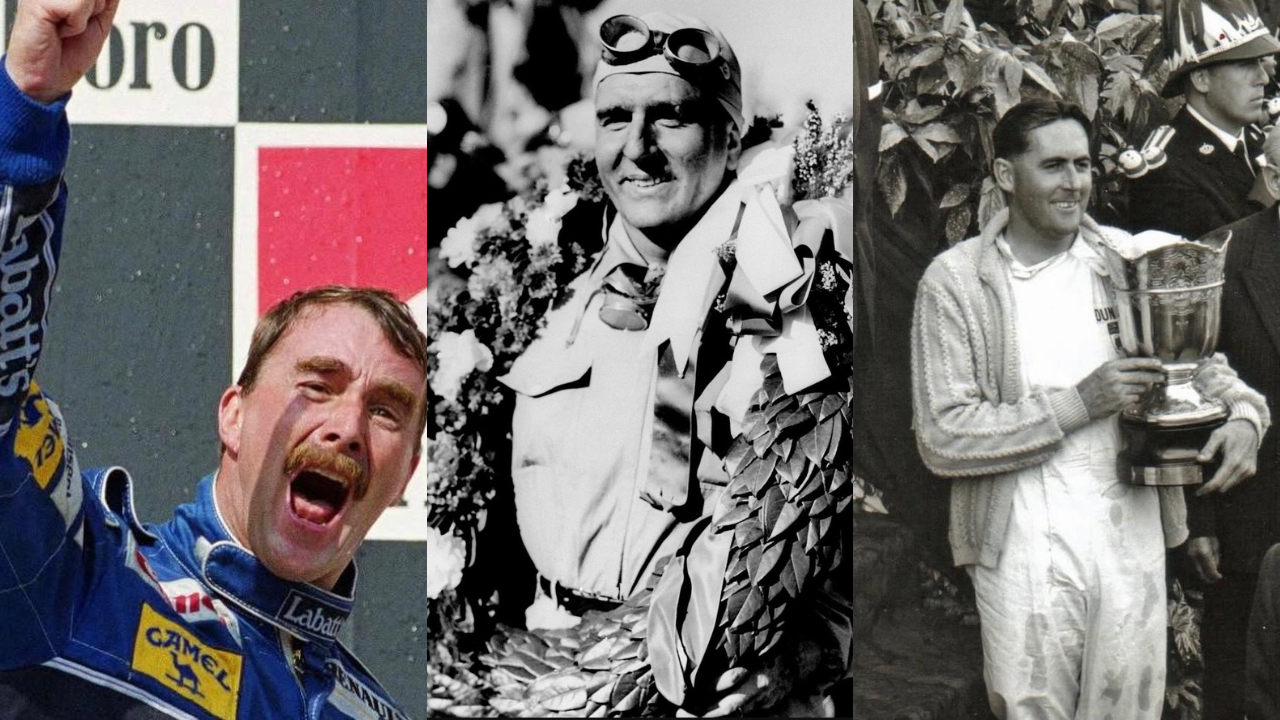F1 cars are some of the fastest machines in the world. But what’s equally impressive is how quickly they can come to a stop. Braking is one of the most extreme elements of F1 performance, allowing drivers to shed speeds of over 300 km/h in just a couple of seconds. But how exactly do these high-tech brakes work?
The complete braking systems on all F1 cars are made by Brembo. Although the company supplies the main components, each team works closely with Brembo‘s engineers to tailor the braking system to suit their car’s design and performance requirements.
How do F1 brakes work?
Carbon brakes
F1 cars use carbon-carbon disc brakes which is a significant upgrade from the steel brakes found in road cars. These carbon discs are extremely lightweight and heat-resistant. They perform best under intense conditions, often reaching temperatures close to 1,000°C during a race.
Each brake assembly features; a carbon disc with hundreds of tiny holes for cooling, carbon brake pads, a caliper, and a hydraulic system that delivers the driver’s input.
When a driver presses the brake pedal, hydraulic pressure pushes the pads onto the disc, creating friction and slowing the car down. The materials are designed to deliver maximum stopping power while withstanding repeated high-temperature loads.
The role of downforce and brake-by-wire
Modern F1 cars don’t rely on brakes alone. Downforce plays a critical part in braking performance. The faster a car goes, the more aerodynamic load pushes it into the ground, increasing tire grip and letting drivers brake harder. This is why braking distances are longer at lower speeds. This can be visualized better on street circuits, where downforce is less effective.
Another key feature is brake-by-wire. This system electronically controls the rear brakes, optimizing how much pressure is applied depending on battery regeneration and other energy recovery functions. Introduced in the hybrid era, brake-by-wire helps balance braking performance while managing energy flow to the MGU-K.
G-forces and driver strain in F1
Braking in F1 isn’t just hard on the car, it’s punishing for the driver. When slamming the brakes at full force, drivers experience a deceleration of up to 6G. That’s six times their body weight pushing forward in an instant. It’s one of the most physically demanding parts of driving in F1.
The brake pedal itself is incredibly stiff. Drivers apply up to 150 kilograms of force just to stop the car, all while keeping precision control and reacting within milliseconds.
F1 braking is not just about slowing down. It’s a vital part of lap time, overtaking, and tire management. Perfecting braking zones can make or break a qualifying lap, and controlling brake temperatures is essential to avoid fading or failures.
In a sport where tenths of a second matter, braking is an essential part of enhancing performance. It’s a skill that combines cutting-edge engineering with elite driver craft.



